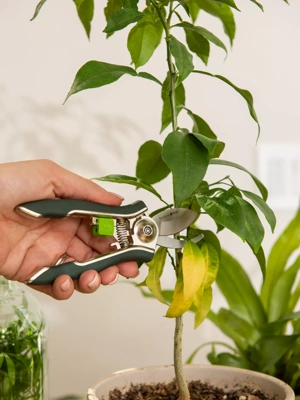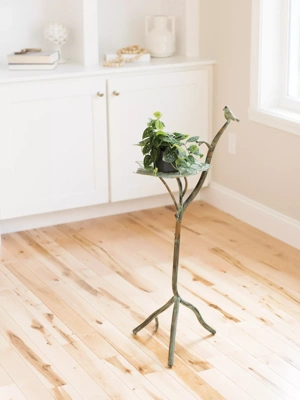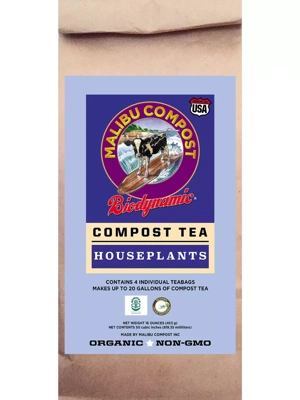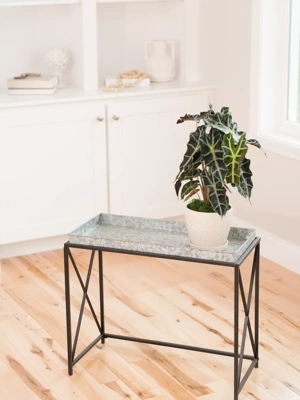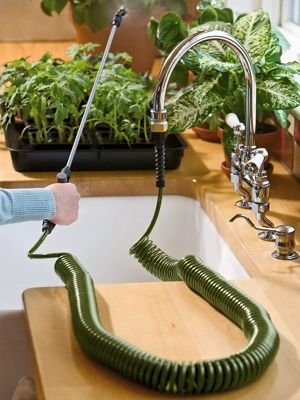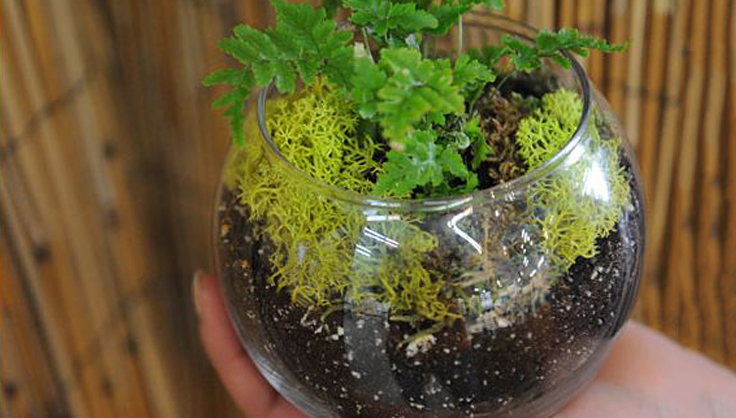How to Care for Swedish Ivy
Let’s chat about the delightful Swedish Ivy, a charming addition to any plant collection. Despite its name, Swedish Ivy (Plectranthus verticillatus) isn’t actually ivy, nor is it from Sweden! It's part of the mint family and hails from Australia and Africa. This easy-to-grow plant is loved for its cascading growth and vibrant green, glossy leaves. Some varieties also flaunt variegated leaves with white or yellow edges, adding a splash of color to your indoor garden.
Choosing Your Swedish Ivy
If you're new to plant parenting, the classic green Swedish Ivy is a great starter. For something more visually intriguing, variegated types like ‘Variegata’ or ‘Marginatus’ offer lovely leaf patterns.
How to Care for Swedish Ivy
Light
Swedish Ivy thrives in bright, indirect light. A spot near an east or west-facing window is perfect. They can tolerate some direct morning sun but protect them from harsh afternoon light.
Soil
A well-draining, peat-based potting mix is ideal. You can make your own by mixing equal parts peat, perlite, and potting soil. Good drainage is key to prevent root rot.
Fertilizer
Feed your ivy with a balanced, water-soluble fertilizer every 4 weeks during the growing season (spring and summer). In the dormant winter months, reduce feeding to every 6-8 weeks.
Watering
Water when the top inch of the soil feels dry. Swedish Ivy prefers consistent moisture but doesn’t like soggy feet. Reduce watering in winter when the plant isn’t actively growing.
Pruning
Pruning isn’t just recommended, it’s encouraged! Regular trimming helps maintain a bushy, full appearance and stimulates new growth. Simply snip off leggy or overgrown stems.
Repotting
Repot your Swedish Ivy every 1-2 years, or when it outgrows its pot. Spring is the best time to repot, giving the plant time to adjust before the growth spurt of summer.
Propagation
Propagating Swedish Ivy is super easy! Just snip a stem cutting below a leaf node, remove the lower leaves, and place it in water or moist soil. In a few weeks, roots will develop.
Common Problems with Swedish Ivy
Pests and Diseases
Keep an eye out for aphids, spider mites, and mealybugs. Regularly check your plant and treat any infestations with insecticidal soap or neem oil. Overwatering can cause root rot, so ensure your soil is well-draining.
Toxicity
Good news! Swedish Ivy is non-toxic to pets and humans, making it a safe choice for households with pets and children.
Swedish Ivy FAQs
Why are the leaves of my Swedish Ivy turning yellow?
Yellow leaves can be a sign of overwatering, underwatering, or insufficient light. Check your watering schedule and ensure your plant is getting enough light.
Can Swedish Ivy be grown outdoors?
Absolutely! In warmer climates, Swedish Ivy can thrive outdoors in a shaded or partially shaded area. Just remember to bring it inside when the temperature drops.
How can I increase the humidity for my Swedish Ivy?
Group it with other plants, use a humidifier, or place a tray with water and pebbles beneath the pot. Swedish Ivy enjoys a bit of extra humidity!
Caring for Swedish Ivy is a delightful experience, ideal for both novice and seasoned gardeners. With its fast growth and lush foliage, it’s a perfect plant to add a touch of greenery to your home or office.
Last updated: 02/09/2024
Print this Article:
Related items
Related Articles
Get the Dirt
Stay up to date on new articles and advice. Please fill out the information below.


